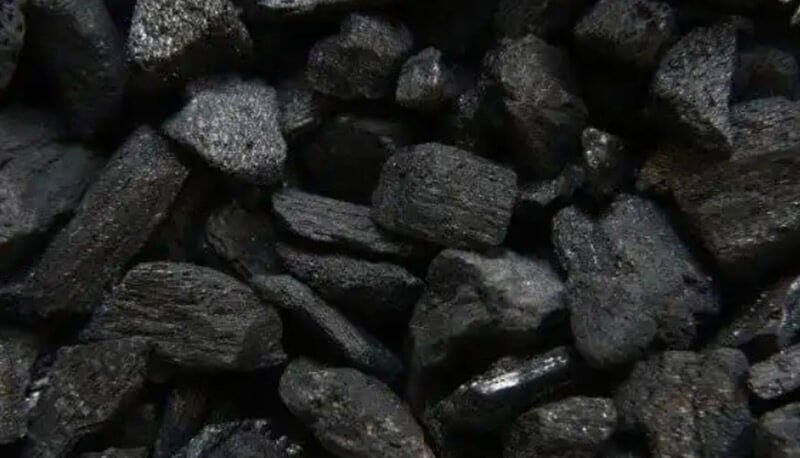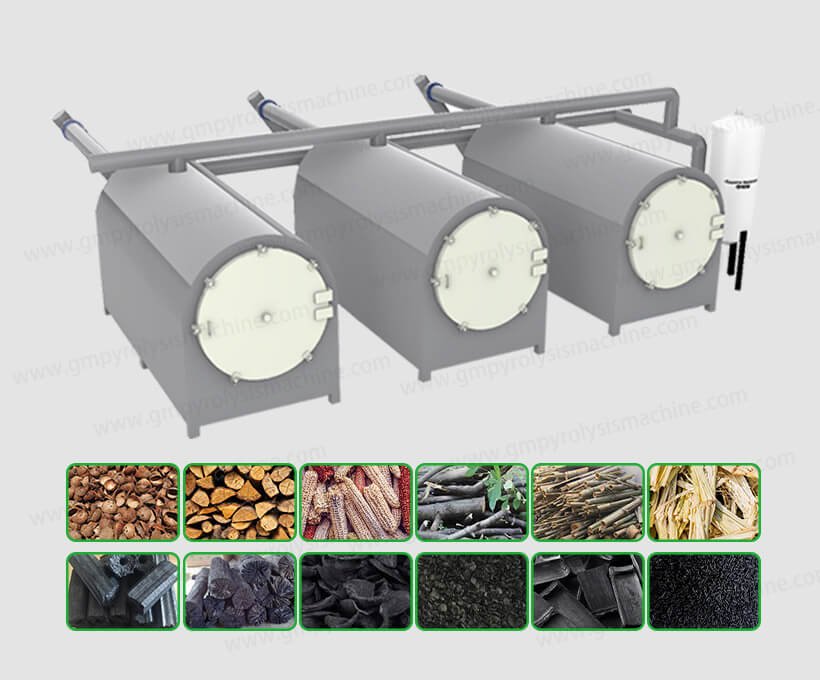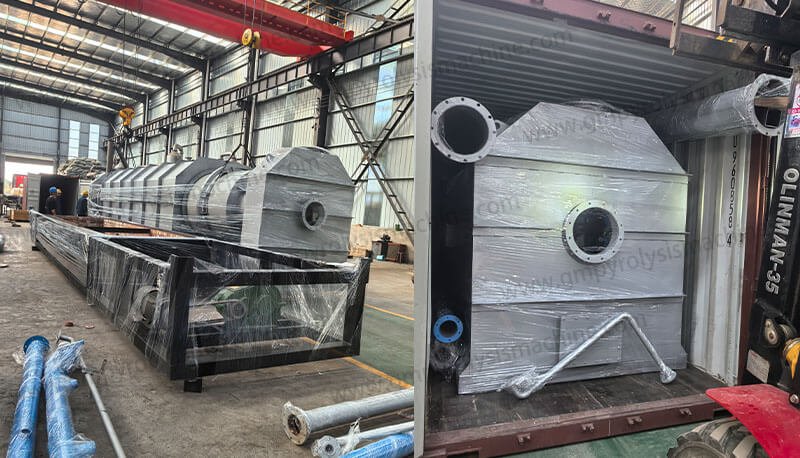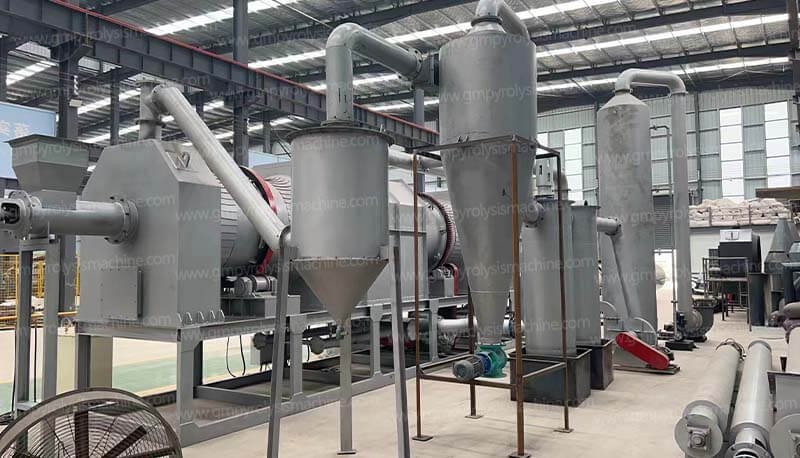A biochar production unit is an innovative piece of equipment designed to convert organic waste materials into biochar. By leveraging pyrolysis technology, biochar production units help transform biomass into a valuable product while addressing waste management and contributing to carbon sequestration efforts.
What Is Biochar?
Biochar is a carbon-rich material created by heating organic biomass (such as wood, agricultural residues, or municipal waste) in a low-oxygen environment through a process known as pyrolysis.
How Does a Biochar Production Unit Work?
The biochar production process in these units involves several steps:
1. Feedstock Preparation
The raw material, such as wood chips, sawdust, straw, or crop residues, is prepared by drying and crushing it into smaller particles for efficient processing.
2. Pyrolysis Process
The feedstock is heated in a low-oxygen chamber at temperatures ranging from 300°C to 700°C. This thermal decomposition breaks down the organic material, leaving behind biochar while releasing byproducts such as syngas and bio-oil.
3. Energy Recovery
Many biochar units are designed to capture and utilize the byproducts of pyrolysis, such as syngas, which can be used to fuel the system or generate electricity.
4. Cooling and Collection
Once the pyrolysis process is complete, the biochar is cooled and collected for use or storage.
Types of Biochar Production Units
Biochar production units come in various designs and sizes to cater to different needs:
1. Batch Units
These smaller-scale units are ideal for farms and small businesses. They process biomass in batches, offering simplicity and ease of operation.
2. Continuous Units
Designed for industrial-scale operations, continuous units allow for nonstop processing of biomass, ensuring higher efficiency and output.
3. Mobile Biochar Units
Portable units enable biochar production directly at the source of biomass, reducing transportation costs and increasing accessibility for remote areas.
Applications of Biochar
1. Soil Improvement
Biochar enhances soil structure, increases water retention, and improves nutrient availability, leading to higher crop yields.
2. Carbon Sequestration
Biochar locks carbon in a stable form, preventing it from being released into the atmosphere as CO2 and helping mitigate climate change.
3. Waste Management
These units provide an eco-friendly way to recycle agricultural and organic waste, reducing landfill dependency.
4. Energy Production
Byproducts like syngas can be used to generate heat or electricity, making biochar production units energy-efficient and sustainable.
5. Water Filtration
Due to its porous structure, biochar is an excellent material for filtering water, removing impurities and contaminants.
Advantages of Biochar Production Units
Environmental Benefits: Reduce greenhouse gas emissions and promote sustainable waste management.
Economic Opportunities: Generate valuable biochar and energy, creating additional revenue streams.
Scalability: Available in designs suitable for small farms, industrial facilities, and mobile operations.
Renewable Energy: Capture and reuse energy byproducts from the pyrolysis process.
Biochar production units are a sustainable and innovative solution for transforming organic waste into valuable biochar. They play a crucial role in addressing global challenges such as soil degradation, waste management, and climate change. Whether for small-scale agricultural use or large industrial operations, these units provide an eco-friendly way to create value while promoting environmental sustainability.






